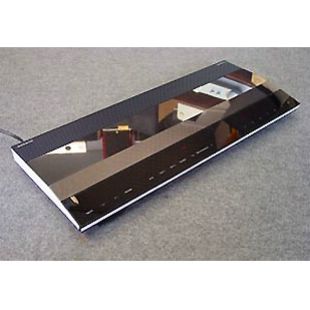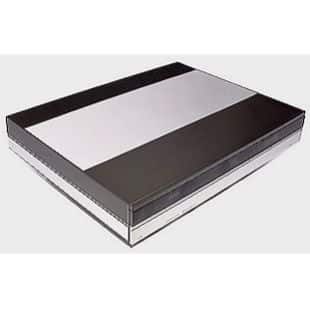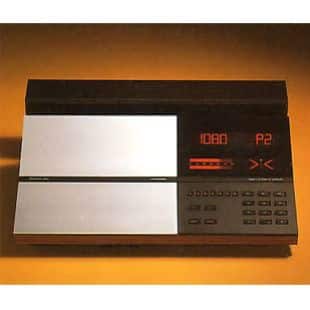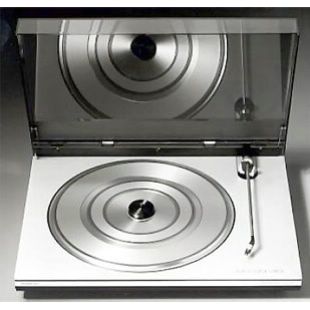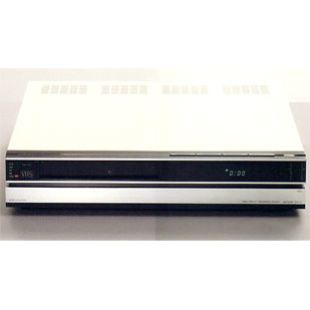BeoMaster 2000 (1983)

Beomaster 2000 was an advanced 2 x 25 watts RMS receiver with Long, Medium and FM band radio coverage. Four FM stations could be pre-set for instant recall. There was also provision for pre-setting one AM station.
The low-distortion stereo amplifier included a new feature unique to Bang & Olufsen. It was called Automatic Power Handling Control (APHC). This was a technique whereby the dynamic range and power parameters of the signal were continuously monitored, and if their combined effect threatens to cause amplifier clipping or damage to the speakers, the APHC circuit instructed the set’s microcomputer to turn the volume down to a safe level.
All primary functions were operated by finger-tip contact on the Beomaster’s Sensitouch control panel. There were no knobs or buttons to press. The status of all controls was shown on an illuminated display panel. Secondary controls were protected beneath a self-opening lid that was released by touching the unit’s front edge.
Beomaster 2000 could be made up as part of the Beosystem 2000, when linked together with other compatible Bang & Olufsen products. The receiver was designed by Jacob Jensen and was a direct descendant of Beomaster 2400.


